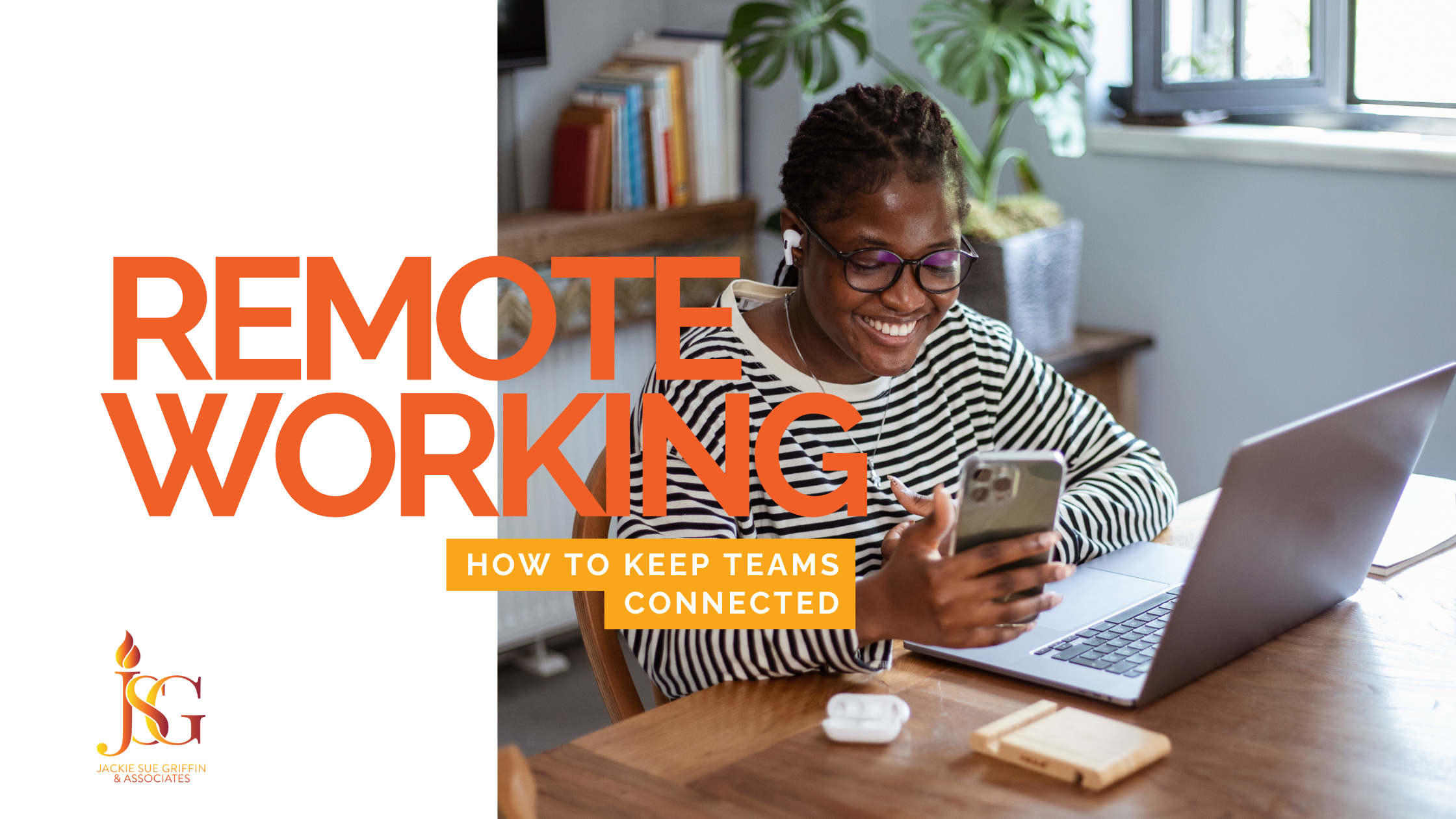
08 Aug How Nonprofits Can Keep Their Teams Connected While Working from Home
The shift to remote work has become a significant trend across various sectors, including nonprofits. While working from home offers flexibility and other benefits, it also presents challenges in maintaining team connection and collaboration. Here are some strategies for keeping your nonprofit team connected while working remotely.
Use Technology to Stay In Touch
Effective communication is the cornerstone of a connected remote team. Utilizing various technological tools can help bridge the gap caused by physical distance. Video conferencing tools like Zoom, Microsoft Teams, or Google Meet are essential for regular team meetings, one-on-ones, and brainstorming sessions. Face-to-face interaction, even virtually, can strengthen relationships and improve collaboration. In addition, project management tools such as Asana, Trello, or Basecamp help keep track of tasks, deadlines, and project progress. These platforms provide transparency and ensure everyone is on the same page.
Regular Check-Ins and Updates
Consistent communication is key to ensuring everyone feels involved and informed. Short, regular check-ins help team members share updates, discuss challenges, and align on priorities. Larger monthly meetings can be used to share organizational updates, celebrate achievements, and reinforce the nonprofit’s mission and goals. Informal virtual gatherings can help maintain social connections and provide a platform for casual conversations that would typically happen in an office setting.
Build and Nurture a Strong Organizational Culture
Maintaining your nonprofit’s culture remotely requires intentional effort. Regularly reminding the team of the nonprofit’s mission and values can help maintain a sense of purpose and connection to the organization’s goals. Celebrating milestones, birthdays, and achievements can boost morale and create a sense of camaraderie. Organizing virtual team-building exercises, games, or social events can help build relationships and foster a sense of belonging.
Encourage A Healthy Work-Life Balance
Remote work can blur the lines between personal and professional life, leading to burnout. Allowing team members to choose work hours that fit their personal lives, as long as they meet deadlines and attend necessary meetings, can help mitigate this. Promoting regular breaks and time off, and reminding your team that self-care is crucial for long-term productivity and well-being, is essential. Providing resources for mental health support, such as access to counseling services, wellness programs, or mindfulness apps, can further support your team.
Provide Opportunities for Professional Development
Continued growth and learning can keep team members engaged and motivated. Offering access to webinars, courses, and workshops that are relevant to their roles and interests can help in this regard. Pairing team members with mentors who can provide guidance, support, and professional development advice can also be beneficial. Creating opportunities for team members to share their skills and knowledge with each other can foster a culture of continuous learning.
Be Open to Suggestions and Adapt
Regularly seeking feedback from your team on what’s working and what isn’t can help you adapt and improve your remote work practices. Using anonymous surveys to gather honest feedback about remote work practices and team dynamics, creating a space for open discussions where team members can share their thoughts and suggestions, and using the feedback to make necessary adjustments and improvements to your remote work policies and practices can help you stay connected and effective as a team.
Remote working doesn’t have to mean disconnected teams. By leveraging technology, fostering a strong organizational culture, encouraging work-life balance, and providing opportunities for growth, nonprofits can keep their teams connected and engaged.

No Comments